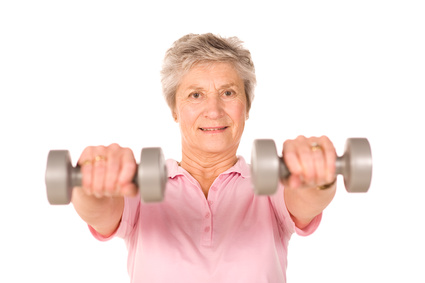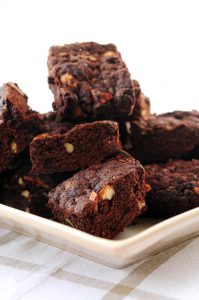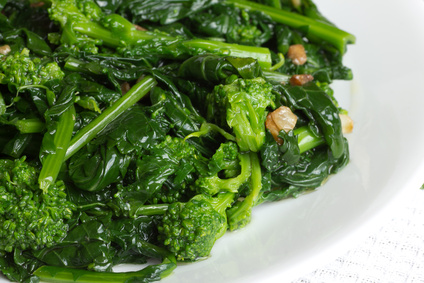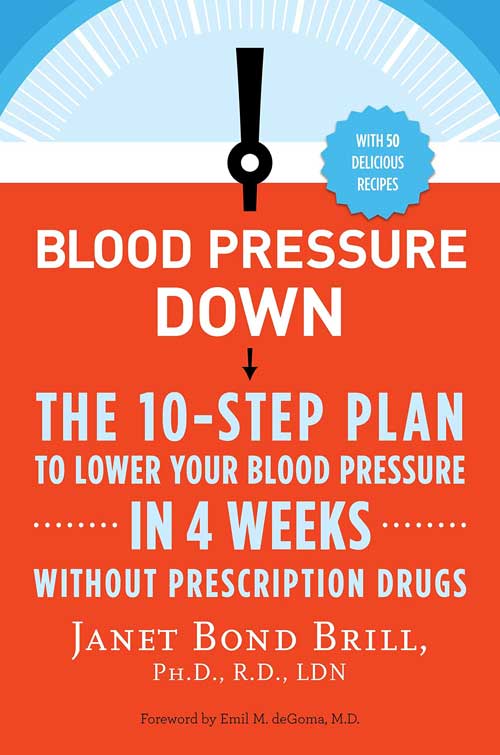By


The New Year is a time when we bring into focus bettering ourselves. Let”‘s take this time to put the spotlight on keeping our bones healthy, which equates to healthy aging.
Osteoporosis is a debilitating bone-cracking disease that afflicts millions of older Americans. It usually strikes after age 60 and affects both women and men, albeit it is more common in women. In fact, one in three women and one in five men will suffer an osteoporotic bone fracture during their lifetime.
Osteoporosis is called “the silent thief,” because you can”‘t feel your bones weakening and the first sign of the disease is often a fracture – indicating the disease has already progressed extensively. Osteoporosis does not happen overnight, both men and women begin to lose bone at an equal rate in their mid-30″‘s.
After menopause, however, women lose bone at a greater rate than men, from 2 to 3 percent per year. Bone don”‘t weaken throughout the body, there are certain areas that are much more prone to bone loss. The most common sites of osteoporotic bone fracture are the wrist, spine, shoulder and hip.
The good news is that osteoporosis can be prevented and treated with completely doable lifestyle (diet and exercise) changes. Medication can help considerably, but simple exercise programs are equally effective in preventing and restoring bone density. The best types of exercises are called “weight bearing” types of exercise as these types put a stress load on the bones that functions to promote growth. The nutritional aspects of maintaining bone density work in tandem with daily exercise to keep those bones strong and healthy.
There are plenty of actions you can take to keep those bones healthy and strong as you age. Here are a few tips:
1. Perform strength training exercises at your local gym–exercises that are proven bone-builders: squats, leg press, military press, standing overhead arm press”¦
2. Perform weight-bearing cardio exercises, daily, such as: walking/jogging, jumping rope, stair stepping.
3. Perform balance exercises daily. The most significant risk for people with low bone density is falling which could lead to bone fractures and breaks. Balance exercises such as using a balance board will help.
4. Make sure to bone-up daily on calcium-rich foods such as non-fat dairy, almonds, canned salmon (with bones included), spinach, figs, butternut squash to name a few.
5. Take a calcium and vitamin D3 supplement (more on this later)
6. Avoid soda–a calcium-draining food.
7. Eat a more plant-based diet.
CALCIUM SUPPLEMENTS: What to do?
We all want strong healthy, osteoporosis-proof bones, but we also want a healthy heart! With all the hoopla over calcium supplements potentially increasing the risk for heart attacks, what should one do?
Your best bet is to aim for getting in your bone-building calcium from FOOD FIRST, supplementing only when you fail to get in the recommended 1000 to 1200 mg of calcium per day.
Vitamin D should also be included in your calcium regimen. Vitamin D is obtained from sun exposure as well as dietary intake. As it is very hard to get enough Vitamin D from food alone–I suggest supplementing with 1,000 IU per day (under your doctor”‘s supervision).
Dr. Janet”‘s Rx:
“¢ Aim for a calcium intake (supplements plus diet) of greater than 1,200 mg/day.
“¢ Have your doctor assess your vitamin D status. If low, take 1,000 to 2,000 IU vitamin D3 daily (under your doctor”‘s supervision).
Start the New Year off strong by focusing on strengthening those bones with the knowledge that strong bones are the hallmark of healthy aging. To ensure that your golden years are truly golden, start today to practice the bone building tips described above! As George Eliot said, “It”‘s never too late to be what you might have been.”
Check out theRecipe: Calcium-packed Heart-Healthy Eggplant Rollatini for stronger bone











